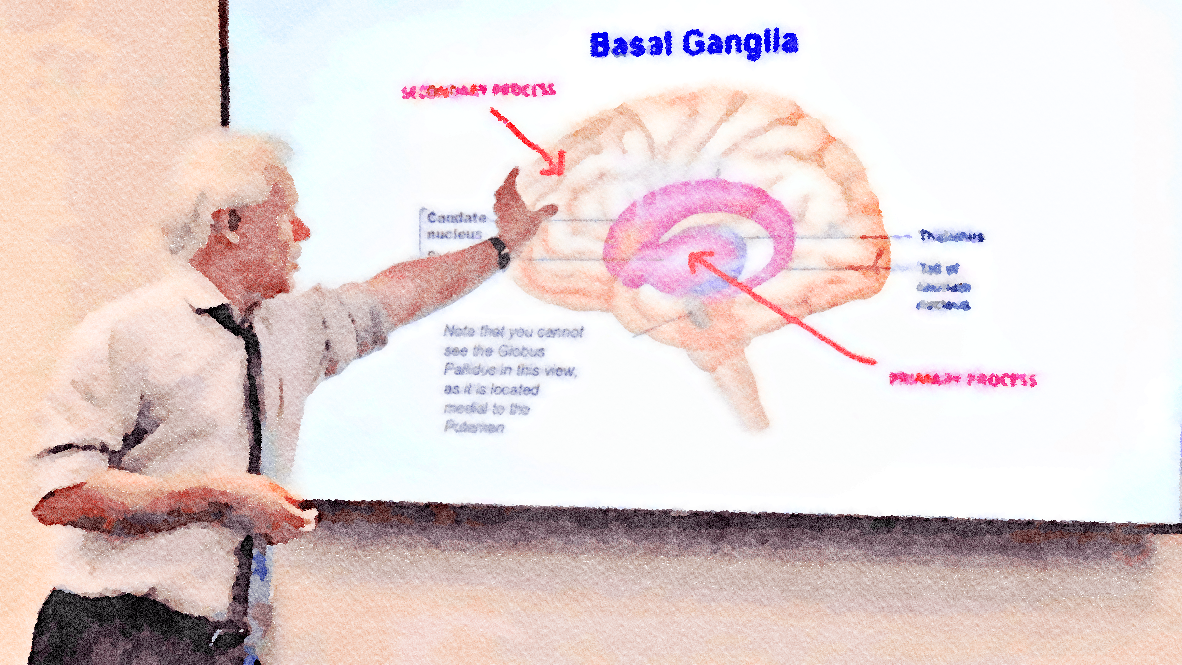Resources
Definitions
What is focal brain damage?
A brain lesion is an abnormality seen on a brain-imaging test. On CT or MRI scans, brain lesions can be detected as dark or light spots that don’t look like normal brain tissue.n the module Advanced settings.
What is psychodynamic therapy for focal brain damage?
Psychodynamic therapy focuses on the impact that the brain injury has on the individual’s sense of self and functioning in the world. Our therapists help to re-establish a sense of self by working through the feelings of loss, isolation, depression and anxiety that frequently accompany a brain injury
What is traumatic brain injury (TBI)?
Traumatic brain injury occurs when an external mechanical force causes brain dysfunction.
Traumatic brain injury usually results from a violent blow or jolt to the head or body. An object penetrating the skull, such as a bullet or shattered piece of skull, also can cause traumatic brain injury.
Mild traumatic brain injury may cause temporary dysfunction of brain cells. Psychological symptoms include sensory problems, sensitivity to light or sound, memory or concentration problems, mood swings or depression.
More serious traumatic brain injury can result in bruising, torn tissues, bleeding and other physical damage to the brain that can result in long-term complications. Cognitive or mental symptoms may include profound confusion, agitation, combativeness or other unusual behavior or slurred speech.
What is a Stroke?
A stroke occurs when the blood supply to the brain is interrupted or reduced. This event deprives your brain of oxygen and nutrients, which can cause your brain cells to die.
A stroke may be caused by a blocked artery (ischemic stroke) or the leaking or bursting of a blood vessel (hemorrhagic stroke). A temporary disruption of blood flow to the brain is called a transient ischemic attack (or TIA).
What is a Brain Tumor?
A brain tumor is a mass or growth of abnormal cells in your brain or close to your brain.
Many different types of brain tumors exist. Some brain tumors are noncancerous (benign), and some brain tumors are cancerous (malignant). Brain tumors can begin in your brain (primary brain tumors), or cancer can begin in other parts of your body and spread to your brain (secondary, or metastatic, brain tumors).
What is Aphasia?
Aphasia is a condition that interferes with your ability to communicate. It can affect your speech, your writing and understanding of language, both written and verbal.
Aphasia typically occurs suddenly after a stroke or a head injury. But it can also come on gradually from a slow-growing brain tumor or a disease that causes progressive, permanent damage (degenerative). Where and how bad the brain damage is and what caused it determine the degree of disability.
Selected Bibliography
Introductory Books
Cozolino, L. (2010). The Neuroscience of Psychotherapy: Healing the social brain (Second Edition).
NY and London: W.W. Norton and Company
Doidge, N. (2007). The Brain That Changes Itself.
NY: Penguin Books.
Kaplan-Solms, K, & Solms, M. (2000). Clinical Studies in Neuro-psychoanalysis.
London: Karnac Books.
Luria, A.R. (1972). The Man with a Shattered World: The History of a Brain Wound.
NY: Basic Books.
Taylor, J. B. (2006). My Stroke of Insight: A Brain Scientist’s Personal Journey.
NY: Penguin Group USA.
Rehabilitation
Bowen, C., Yeates, G., Palmer, S. (2010). A relational approach to rehabilitation: Thinking about relationships after brain injury.
London: Karnac.
Prigatano, George P. (1999). Principles of Neuropsychological Rehabilitation.
NY: Oxford University Press.
Family Members
Deli Orto, Arthur E. and Paul W. Power (2000). Brain Injury and the Family (Second Edition).
Boca Raton, FL: CRC Press LLC
Further Reading
Firlik, K. (2006). Another Day in the Frontal Lobe: A Brain Surgeon Exposes Life on the Inside.
NY: Random House.
Fotopoulou, A., Pfaff, D., Conway, M. (eds.) ((2012). From the Couch to the Lab: Trends in Psychodynamic Neuroscience.
U.S.: Oxford University Press, Inc.
Kandel, E. (2006). In Search of Memory: The Emergence of a New Science of Mind.
London: Norton and Company.
McGilchrist, Ian (2009). The Master and His Emissary: The Divided Brain and the Making of the Western World.
CT: Yale University Press.
Panksepp, J. & Biven, L. (2012). The Archaeology of the Mind.
NY: W.W. Norton & Co.
Roper, A. & Burrell, D. (2014). Reaching Down the Rabbit Hole.
NY: St. Martin’s Press.
Schwartz, Casey. (2015). In the Mind Fields: Exploring the New Science of Psychoanalysis.
NY: Pantheon Books.
Shedler, J. (2010). The Efficacy of Psychodynamic Psychotherapy.
American Psychologist, 65(2), 98-109.
Solms, M. & Turnbull, O. (2002). The Brain and the Inner World: An Introduction to the Neuroscience of Subjective Experience.
NY: Other Press.
Free Online Course
Do you want to learn more about the mind and why we have one?
Join Mark Solms, the Consulting Neuropsychologist of The Edith Laufer Neuropsychoanalytic Study Center, in this free online class while he examines the essential questions we have:
- What it is to be a mind?
- Why we have a mind?
- What it feels like to have a mind?



